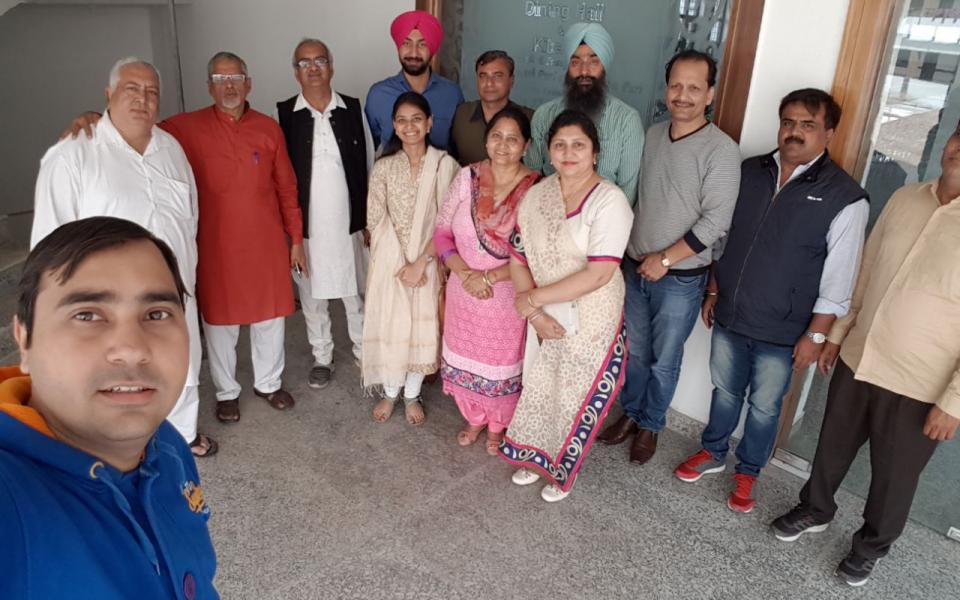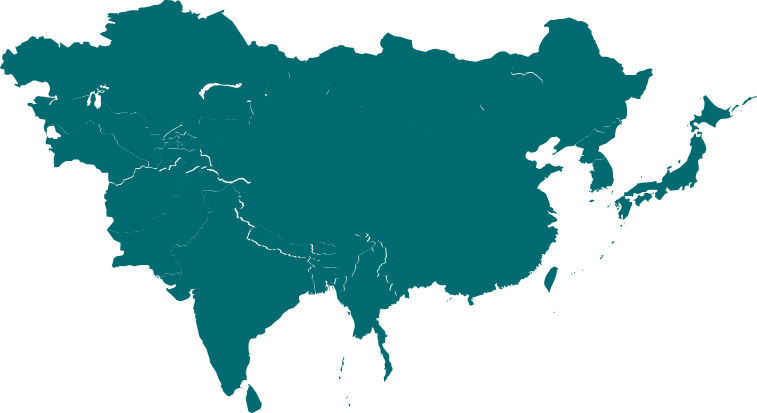
Written by Atharva Mehendale, Community Project Manager, URI - North India & Afghanistan
More so than its cities, India’s villages are living repositories of ancient, diverse traditions that have survived down the ages through a combination of constancy and adaptation to changing circumstances. This resilience has enabled myriad village lifestyles to flourish in environments ranging from fecund, irrigated agricultural plains in India’s north and southeast to the vast, arid plains in its centre and the temperate mountain ranges of the east and west coasts. As Stephen P. Huyler states in Village India, the financial poverty of village existence is offset by a wealth of communal customs, rituals and attitudes:
“Their faith and the interdependence of their societies provide a unity and sense of purpose rarely experienced in the contemporary West … Modernisation is essential but its most healthy expression would be a blending of traditional forms (and the wisdom gained through centuries of subtle adaptations to the environment) with innovative technologies.”
For a global grassroots interfaith network like United Religions Initiative (URI) - that seeks to create cultures of peace by using religion as a tool, it is enriching and important to create an inclusive platform for the culture of the rural hinterlands of the country. URI’s activities in its early years were predominant in urban centres and metropolitan cities. However, the support and cooperation of members like Ashwani ji, one of URI’s oldest CC members from Punjab enabled a transformational shift in this regard. Ashwani ji spoke vehemently about the fact that India’s culture is often most visible in its truest and rawest form in the villages – and that is where URI must thrive. The rampant commercialisation of religion and culture in cities often underscores the purpose of an interfaith network like URI working in a multi-ethnic and pluralistic society like India. It was due to his efforts and passion that URI India hosted two of its assemblies in Paonta Sahib and Amritsar respectively.
Ashwani ji was one of the earliest members to have joined URI’s cause in India. His journey began with Dr Mohinder Singh, who is credited to have first supported URI in India. Ashwani ji was instrumental in bringing together likeminded individuals and organisations working in Punjab under the wider URI network. He was the one who enabled these individuals and organisations to join URI and build institutional partnerships in order to address social issues. He can be credited for having formally integrated a number of CC organisations in Punjab like – Patiala School for the Deaf & Blind, Patiala CC, Patiala Vriddh Ashram, SGB Children’s Home CC, Sangrur CC etc. The organisations that he has been working with - Patiala School for the Deaf & Blind and Society for the Welfare of the Handicapped have been instrumental in creating a safe space for children living with special abilities. Efforts like such have allowed these children to have empowering experiences through education.
Ashwani ji has also been at the forefront of motivating young individuals to join the interfaith movement. CA Gagan Kumar is one such talented individual that has been supporting members of URI in Punjab as a pro-bono financial consultant. He is associated with a number of civil society institutions across Punjab - Society for the Welfare of the Handicapped, SGB Foundation, and Special Olympic Bharat to name a few. He met Kuldeep ji, founder of SGB Foundation during one of URI’s regional assemblies, and has been working for the organization ever since. URI’s assemblies have helped Gagan get in touch with a number of such organizations working across India; and this has helped him maximize his social impact.
Gagan finds himself highly motivated by the work that URI and all its partner organizations have been involved in. He believes in the strong role that organizations like these play in transforming societies. However, he feels that the concept of ‘social inclusion’ is largely misinterpreted and misrepresented. According to him, the key to a truly inclusive society lies in translating social inclusion into a more practical solution that can be implemented on ground – at the grassroots level.
